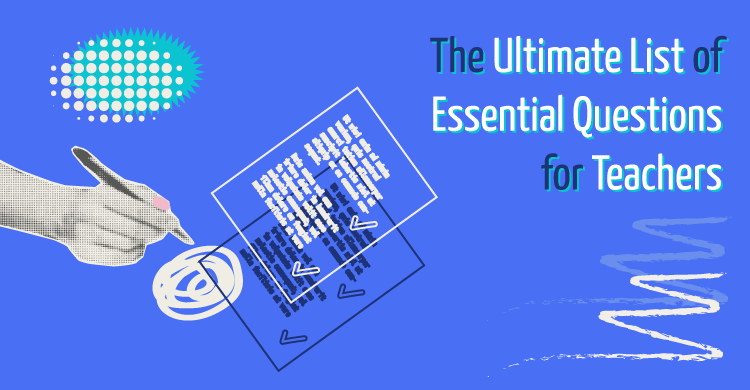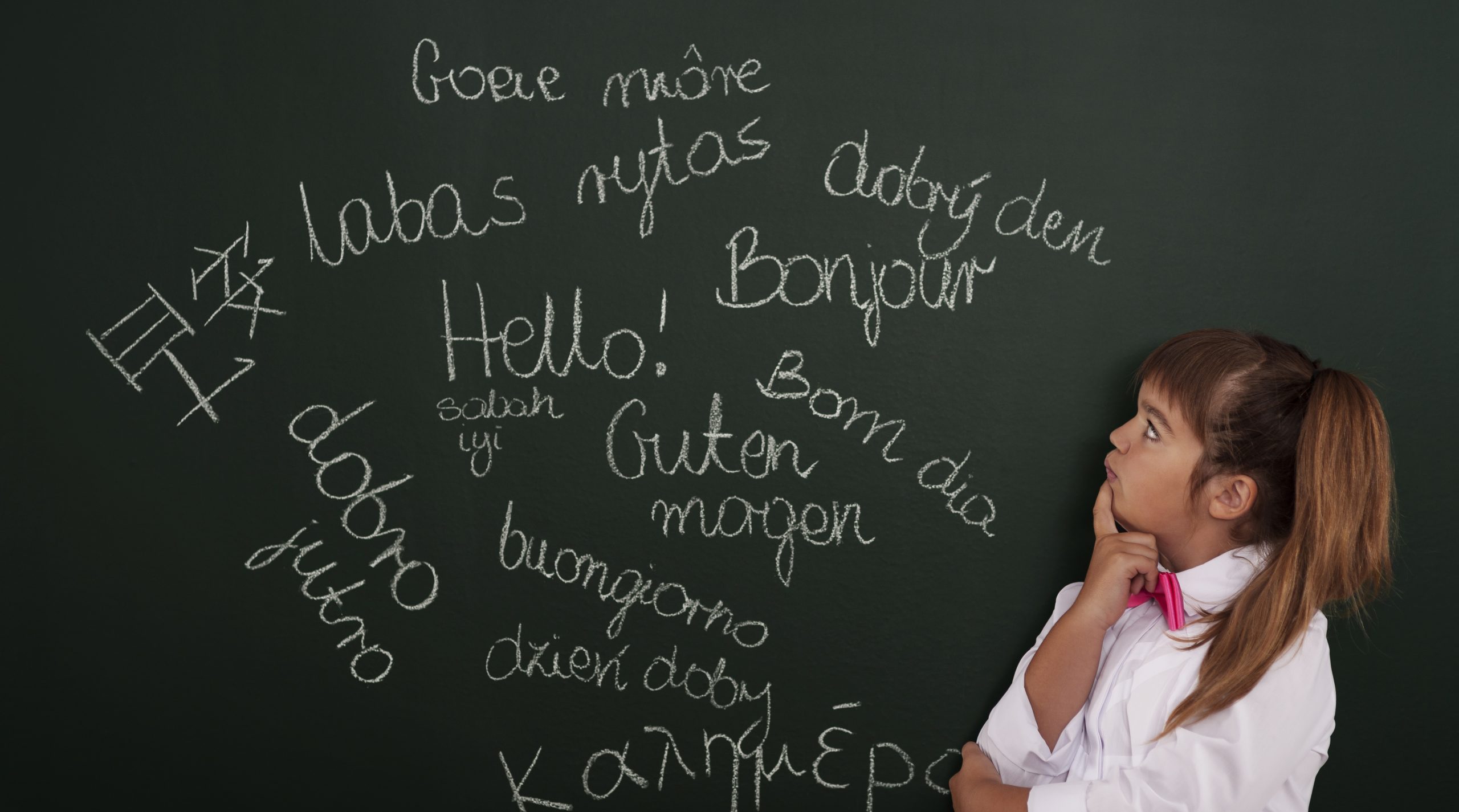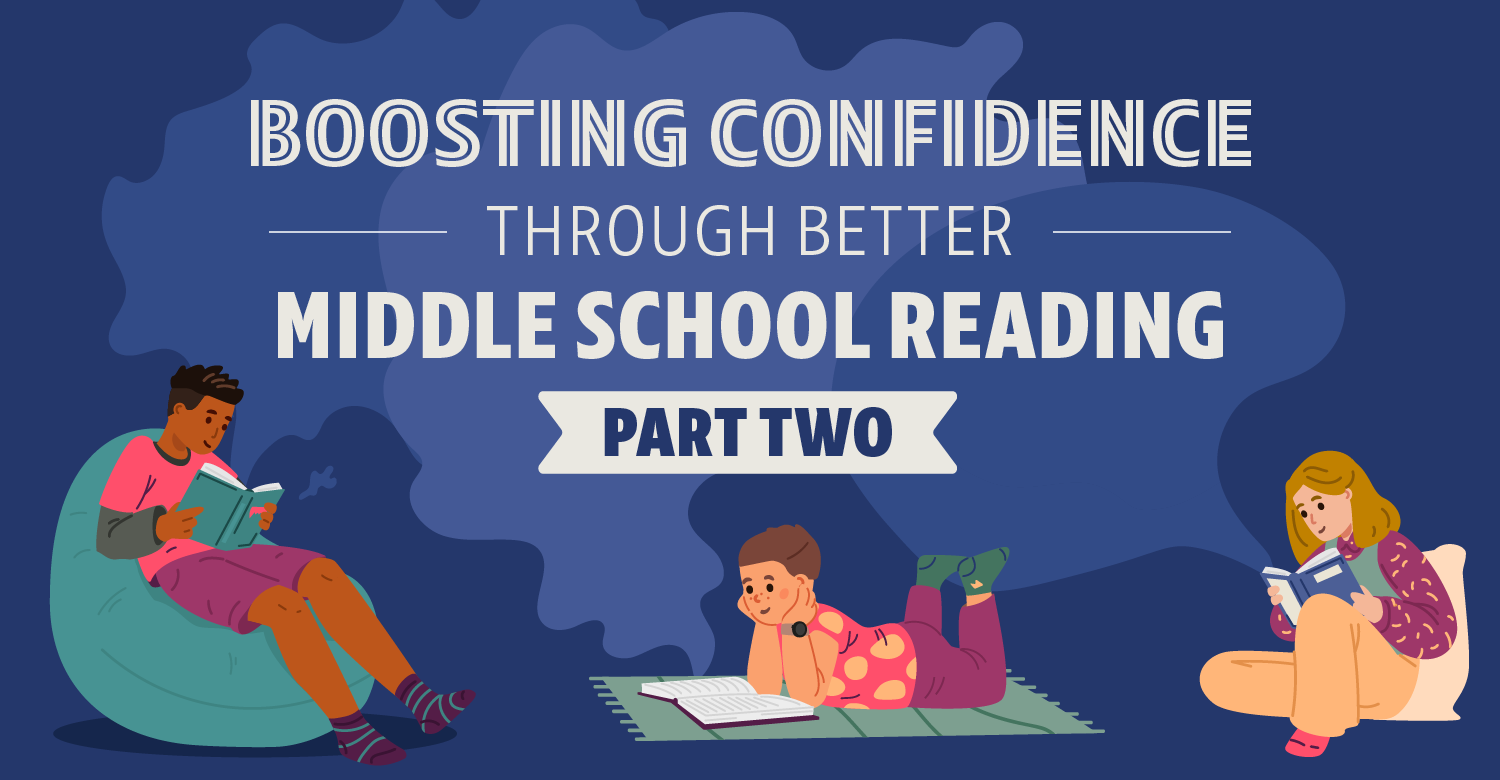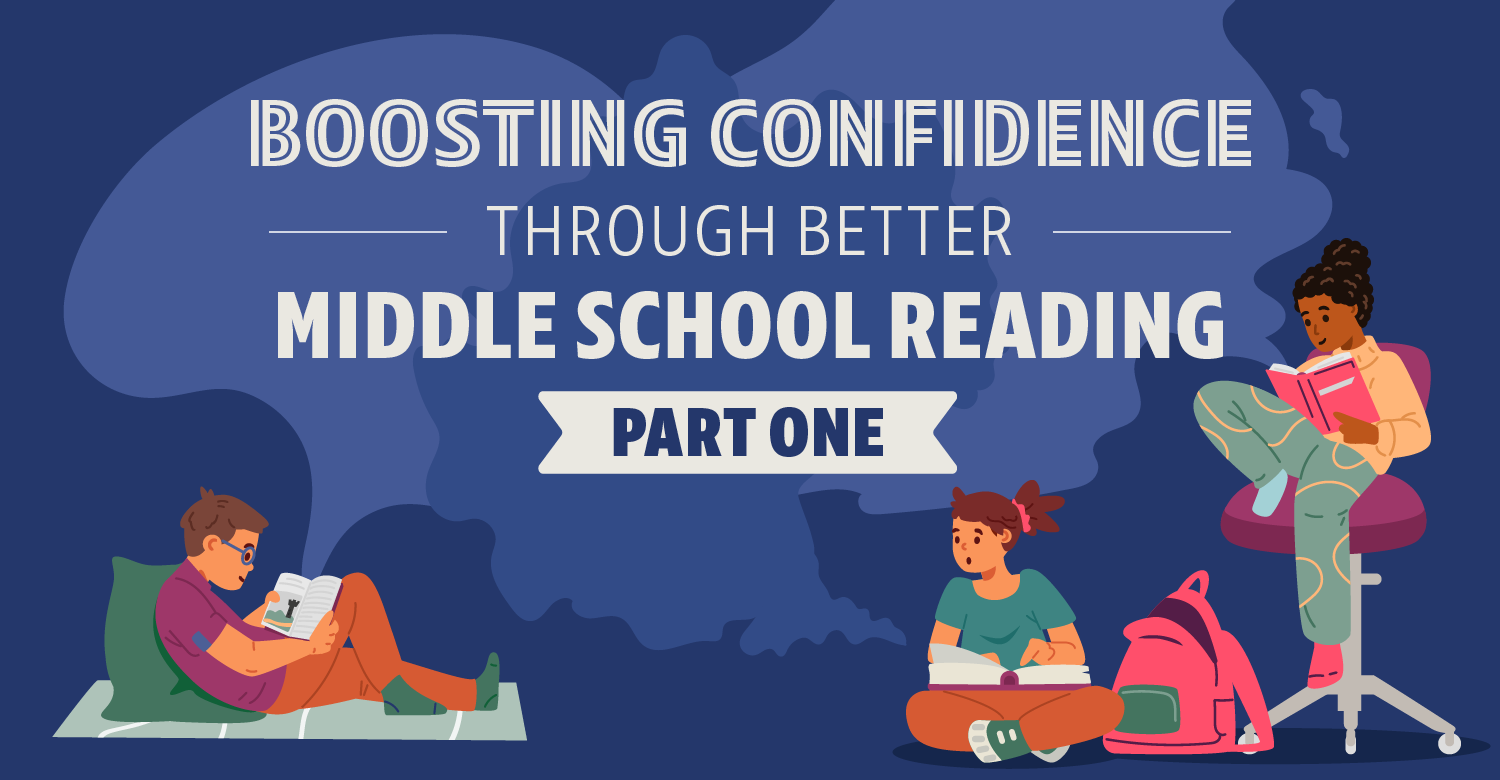What are the 5 pillars of good teaching?
Think about the most essential questions you have about teaching today . . .
Maybe you’re asking yourself, “How do we build strong, successful educational programs that meet student needs in this constantly changing age of knowledge and data explosion, search engines, social media, AI, and jobs and careers?”
Or perhaps you’re wondering, “How do we develop programs that are relevant, motivating, and customized to each student’s needs?”
Below are five foundational teaching dimensions—what I call the five pillars of good teaching—that are critical for successful teaching in today’s world:
- A positive, growth-oriented school or classroom environment
- A curriculum that promotes understanding and fosters vital skill development
- Independent or collaborative learning opportunities that support application and transfer as well as authentic and deeper learning
- Student self-reflection, self-discovery, and self-development
- Effective instructional practices
Each pillar becomes more specific and actionable as teachers consider them in the context of grade level, student backgrounds and personalities, class size and location, available resources, curriculum needs, and more. Teachers and other educators can translate each pillar into concrete examples and practices at their level by asking themselves essential questions about their own instructional practices and performance.
Why it’s important to establish a positive education environment
Many teachers and schools have created new and different classroom environments that support 21st-century learning. According to Carol Dweck in an article on Education Week, these environments are designed to engage students in learning and develop a “growth mindset.” Teachers in these growth-oriented environments develop positive classroom rules and routines, support student interest and curiosity, inspire student problem solving, praise effort as well as achievement, provide many opportunities for students to improve their work, promote learning from failures and errors, and encourage students to ask for help when needed.
For example, teachers who have created growth-oriented environments often use essential questions and other initial activities to build student curiosity and interest in the learning unit. Teachers frequently check for student understanding, provide feedback on drafts of writing assignments, and help students improve and complete projects. They also ask for feedback from students to help them improve and revise teaching plans. Some teachers follow a “grading for growth” model that provides frequent formative assessments to improve learning prior to giving summative assessments that count for grades.
Essential questions to consider: Does the learning environment and do my grading policies support student growth and improvement over time? Are students frequently given feedback that helps them improve learning and encourages progress? Do students develop classwork portfolios that demonstrate progress over time?
How to build a curriculum that promotes understanding and fosters vital skill development
In What Works in Schools: Translating Research into Action, Dr. Robert J. Marzano asserts that empirical evidence points to a coherent core curriculum as a key factor in high levels of student achievement. A core curriculum is critical in expanding student understanding of the natural and social world, promoting the arts, and helping students develop key and vital skills. Teachers and schools need to make careful, intentional decisions as to what students will be expected to understand and know, as well as which skills will be emphasized, taught and learned, such as:
- Basic reading skills that promote phonemic awareness, fluency, and a love of reading
- Study, time management, and other skills that help students learn
- Research and investigation skills that enable students to search for and process information and data
- Mental processing skills that enable students to think logically, deeply, and creatively
- Effective communication skills through writing, oral discussions and presentations, argument, multimedia avenues, and the like
- Independent and interdependent collaborative skills that enable students to take initiatives on their own, work effectively with others, draw conclusions, and apply what they have learned to new and novel situations
Schools with strong curriculum programs clearly define what they expect students to understand and know and make sure that students develop and grow identified skills over time, both within and across subjects.
Essential questions to consider: What are my major curriculum goals, and have I developed a core set of content understandings for those goals—with corresponding knowledge that drives content learning (e.g., I want my students to understand that . . . )? Do my students practice, learn, and develop appropriate vital skills? Are there other curriculum goals that I believe are important for my students to learn and grow?
Are you providing enough single and group learning opportunities?
If students are to successfully learn content and key skills, they need opportunities to work independently and collaboratively with others to apply content and practice skill learning with new, novel, and authentic real-life situations. Often this entails enabling students to choose and work on projects that deepen learning and solve challenging problems using their newly learned content and skills.
Essential questions to consider: Do my students have opportunities to work independently and collaboratively? Do they have opportunities to apply content and skill learning to new, novel, and authentic, real-life situations? Are they able to conduct projects that deepen learning and allow the use of new skills and creativity to solve challenging problems?
What are the best ways to promote student development?
The variety of career, educational, and leisure opportunities make it increasingly important for students to have chances to discover their interests, reflect on their experiences, develop their individual talents and skills, and begin to consider future plans and career options. To help students develop, grow, reflect, and discover, a preK–12 educational program should give students opportunities to think about what they have learned, choose areas of interest, and practice and grow their diverse talents. Teachers and schools should support student self-development through such activities as self-reflection, free choices for school projects and reading, elective courses, seminars, multiple enrichment activities, career exploration, and internships.
In addition, many students today live in a world of personal challenge and uncertainty. They often need help, support, counseling, mentoring, tutoring, and other services to help them deal with the social, emotional, and academic problems and challenges that they face. Because many students need to work, take care of siblings, and have other responsibilities, school programs should also enable students to have flexibility in how they meet requirements and when they graduate.
Essential questions to consider: Does my school enable students to reflect on their learning in order to find and develop their individual talents and interests? Do many activities and programs exist in both individual classrooms and throughout the school that help students discover, develop, and apply those talents and interests? Are there opportunities for students to take elective courses, do internships, visit colleges, expand their experiences, and understand avenues toward the future?
Is student help and support available when needed? Do classrooms and schools have both professional and voluntary support personnel to handle the demands of student social, emotional, and cognitive support needs? Do students have flexibility in how they are able to meet course requirements, options for part-time schooling, and graduation options?
Good instruction is at the heart of successful teaching
Today, rather than engaging students in the learning process, promoting understanding, instilling vital skills, or encouraging curiosity and interest, too much instruction is focused around discrete skill development—often in the form of worksheets, passive learning, recitation and lecture, coverage of superficial content, and textbook-driven learning.
In my recent work, I have developed an instructional model for both planning and teaching that is designed to engage students in learning, foster curiosity and interest, build key understandings and practice key skills, encourage independent and collaborative learning, and support the development of a “growth mindset.” My instructional model is organized around the following four phases:
- Setting the stage for learning
- Building understanding and vital skills
- Fostering independent and interdependent learning that applies learning to new and novel situations
- Closure, during which students share their work and summative assessment takes place
Essential questions to consider: Does my instruction facilitate the learning of key understandings, knowledge and skills for living in a 21st-century world? Is my instruction interactive, engaging, and motivating, and does it provide students with the opportunity to apply their learning to real-world situations? Do my students have a chance to share their individual work and demonstrate successes?

The power of questioning yourself and discovering new answers
These five pillars, along with their related questions, are designed to help educators better understand the key factors that lead to successful teaching and to assess a current learning situation based on these factors. The five-pillar framework and the answers to their related questions should encourage reflection on the issues that promote student success and achievement for both today and tomorrow. These questions may also be explored collaboratively by teachers, school, or district staff.
An analysis of the answers to these questions should help educators make decisions on what needs to be done to improve classroom, school, or district programs, achieve greater student success, and better prepare students for lifelong learning. Where might you begin as an individual or as an organization to make key changes that will make a difference and better support students? What might make the greatest difference? What will be easiest to implement? What will work best? Small changes can often make a big difference—think about the cumulative effect of small changes over a long period of time.
Remember what they say: “Insanity is doing the same thing over and over again and expecting different results.”
About the Educator
Dr. Elliott Seif, PhD, is an educational presenter, author, school volunteer, and public school advocate. Previously, he served as a social studies teacher, professor of education at Temple University, and the director of curriculum and instruction services for the Bucks County Intermediate Unit.
Dr. Seif’s website, LifelongLearningEd.org, along with his book, Teaching for Lifelong Learning: How to Prepare Students for a Changing World, can both be helpful resources as you consider changes to your instructional practices based on your answers to the essential questions in this blog.








